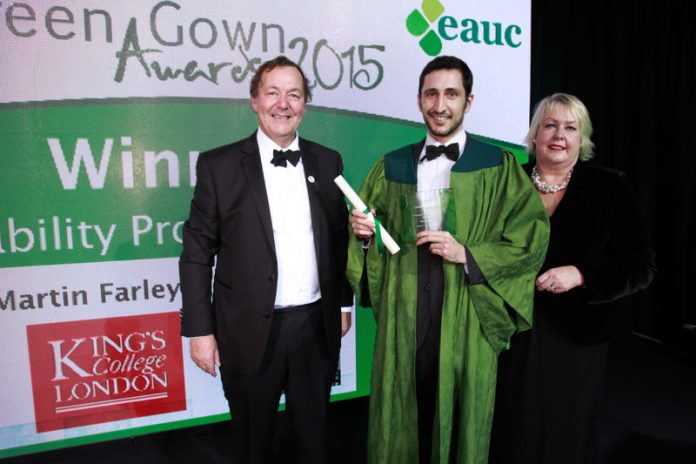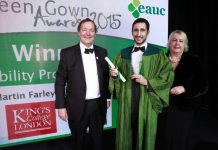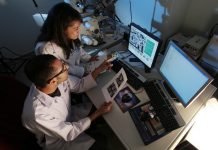Sustainable labs, green labs, smart labs, efficient science – all terms relevant to a growing field focused on reducing the environmental impacts of laboratories. The area has blossomed healthily into a variety of different areas, such as the incredible savings touted by improved design and building innovations. Laboratories are extremely energy and materials intensive as most scientists can attest, and there’s a growing evidence base to validate such claims. Furthermore, research is growing at an impressive rate; according to UNESCO figures while the economy grew just 22% between 2008-2013, research grew by 33%. So, what is the current state of the field, and how do we ensure that there is continuity to the good work accomplished by many? Let’s start with the state of the field today – for the sake of your understanding, we refer to the field as green labs as this appears one of the most common monikers.
Green labs practices have largely been split into two broad categories, building and facility improvements, and ‘operational engagement’. Facility and design improvements have been particularly lucrative for larger institutes housing science facilities, as they have combined carbon savings with significant financial savings through reduced air changes, improved sharing of resources, and more. The success has been so great that it has led institutions and universities to change design specifications and even regulations. Laboratories today are constructed with consideration to current but also future needs. Facilities in the US in particular boast massive savings, as highlighted in a variety of case studies available through supporting organisations such as I2SL. However, to maximise savings and benefits, users must be operationally engaged concerning how they interact with their surroundings.
So, what about the ‘operational engagement’ category of improvements? Composed of areas such as procurement, waste management, equipment operation, chemical management and people management, the crux of this area is how users engage with their laboratory surroundings and embed sustainability into processes and procedures. This area has had a gamut of success stories dotted across the map, many of which originate from the UC Santa Barbara LabRATS programme which looked at how science was practiced. A variety of frameworks, certifications, checklists etc. have been since employed by many institutions in attempt to tie these various areas together and grow interest across their laboratories. Notable examples include the NUS’s Green Impact Labs framework which contain an assortment of criteria around actions users could to take to improve their lab sustainability. Recently the University of California collective introduced a requirement for its laboratory research institutions to develop sustainable lab action plans, with guidance and support in how to achieve this. As more institutions recognise the vast benefits of such improvements, support is growing both within institutions and in the field of Green Labs itself – My Green Lab is a non-profit, whilst in the UK S-Lab hosts regular conferences, and LEAN represents active professional in the field. –
So where to now? Green lab efforts are growing clearly, though there no single method to improve ‘operational engagement’ has come out on top. In this series of articles, we’ll explore some of the avenues in tying together the various efforts in areas like procurement, chemical management, and more. We’ll also present a rationale for the consideration of reproducibility of research when working in Green Labs. Finally, we’ll present a method that we hope can tie all we’ve discussed together: via a tool we’re currently piloting dubbed ‘LEAF’ (Laboratory Efficiency Assessment Framework).
As sustainability becomes more integrated into all facets of life, science is no different. Scientific working practices and support will evolve with the times, and science will continue to produce results which help people live longer and better. Read on to our 2nd and 3rd blog installments to learn about how research quality is being integrated into green lab practices, and how we hope to achieve systemic improvements.
by: Martin Farley & Mathew Bennett







